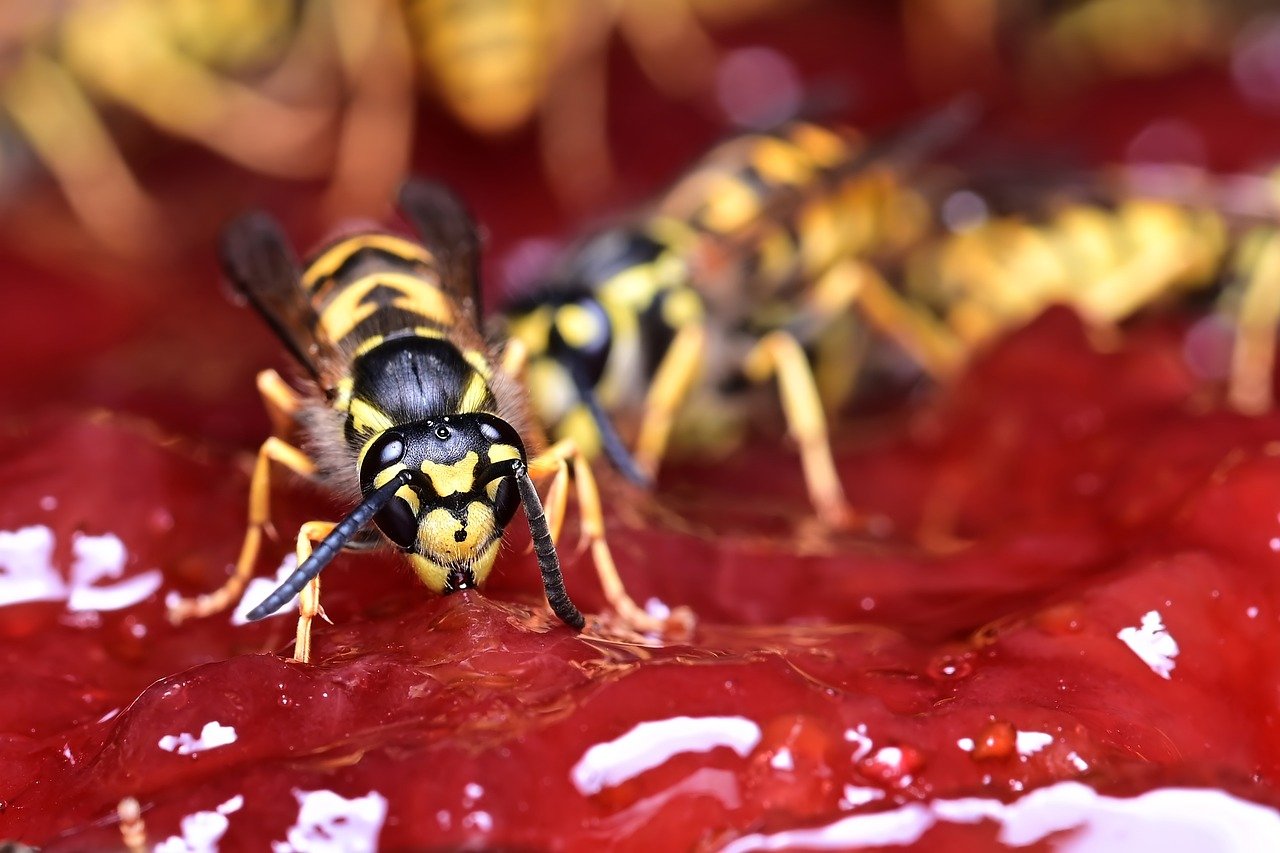The oriental wasp stands out for its extraordinary resistance to the toxic effects of alcohol, managing to survive even at concentrations that are fatal for many other species. The key to this surprising metabolism is found in its DNA, where there are numerous copies of a gene essential for ethanol metabolism. This discovery is the result of a study conducted by researchers at Tel Aviv University, whose results were published in the journal Pnas of the American Academy of Sciences.
In nature, several plants produce fruits and nectar that, once decomposing, ferment to generate ethanol. This substance becomes an important nutritional source for various animals. However, when ethanol concentration exceeds 4%, it can cause side effects such as difficulty in movement and flight. The oriental wasp, which feeds mainly on decomposing fruits, does not seem to suffer from these problems.
To better understand the causes of their alcohol tolerance, Israeli researchers conducted laboratory experiments on oriental hornets, administering sugar solutions with different concentrations of ethanol. The wasps showed no significant side effects until the alcohol concentration was increased to 80%. In this extreme situation, the wasps appeared slightly disoriented for a short time, but quickly recovered and returned to their normal behavior. This is especially remarkable considering that such high amounts of alcohol would be lethal for most other animals.
DNA analysis of eastern hornets has revealed the presence of multiple copies of the gene that produces the enzyme alcohol dehydrogenase, which is essential in the process of disposing of alcohol. The researchers suggest that the accumulation of these gene copies may be the result of a symbiosis between the wasps and a yeast present in their gut. This mutual bond may have favored the evolution of their extraordinary ability to tolerate alcohol, allowing these insects to thrive in environments where other species would struggle to survive.


